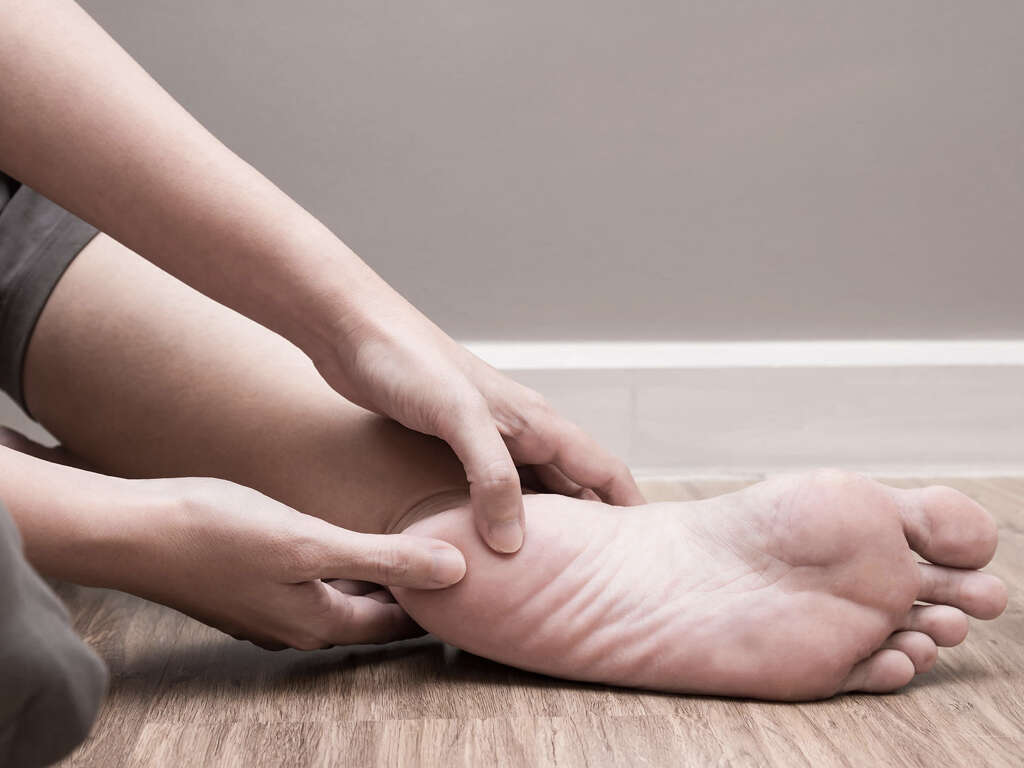10 Plantar Fasciitis Symptoms
Plantar fasciitis is heel pain caused by inflammation of the plantar fascia. The plantar fascia is a thick band of connective tissue starting from the heel and extending under the ball of the foot. Common causes of plantar fasciitis include obesity, pregnancy, unsupportive footwear, excessive walking or standing, forefoot malalignment, and heel spurs. In cases of hyperpronation or hypersupination, the plantar fascia can be easily overstretched or even torn.
The symptoms are usually worse in the morning, immediately after waking up. In mild cases, foot-stretching techniques can provide the necessary relief. Ice packs can also reduce the inflammation, pain, and discomfort. In more severe cases, custom orthotic supports, orthopedic shoes, and physical therapy can help.
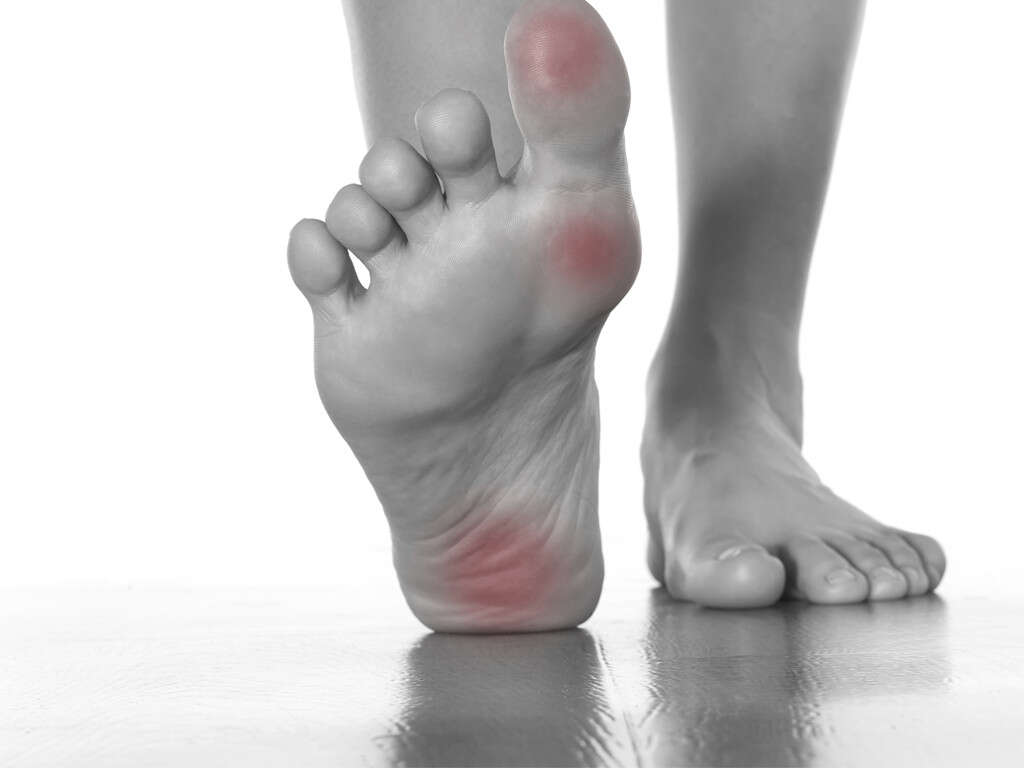
Symptom #1: Foot Discomfort
In most cases, foot discomfort is an indicator of plantar fasciitis. The pain is usually felt at the bottom of the foot in the area between the heel and the toes. The pain is usually described as a soreness and tenderness.
The pain usually increases when pressure or stress is put on the arch of the foot. In mild cases, stretching the heel and foot arch to warm up the foot muscles may decrease the pain.
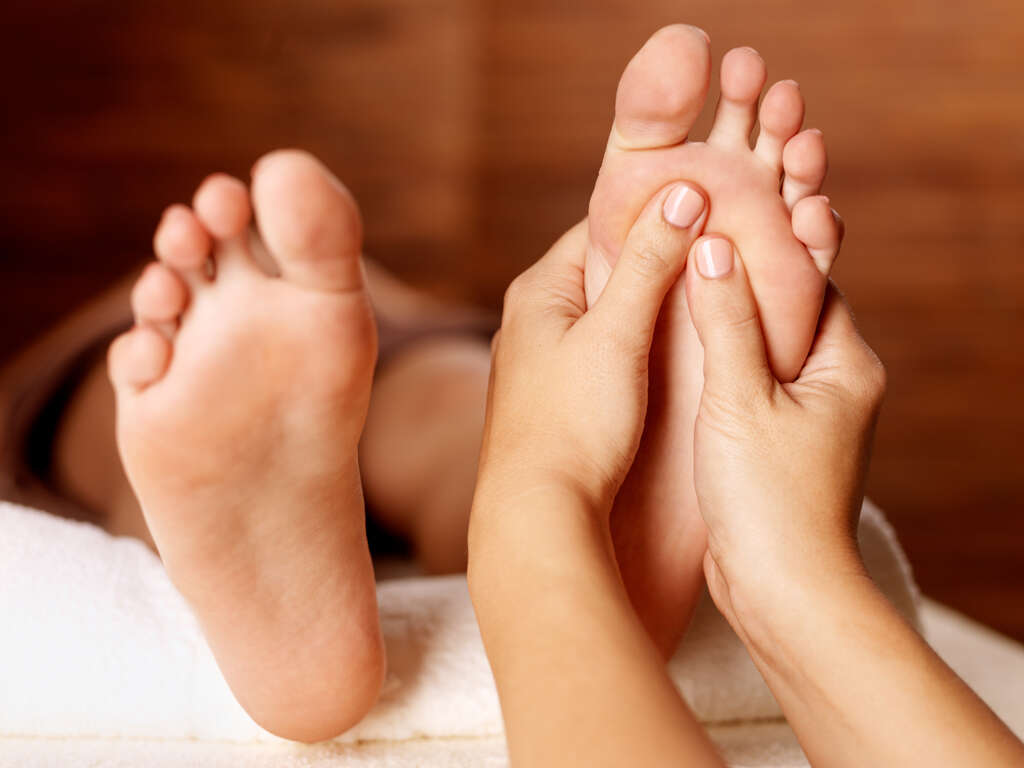
Symptom #2: Foot Pain in the Morning
The joints and tissues in your foot tighten during sleep because there is no active movement for several hours, so foot pain in the morning is common with plantar fasciitis. It is therefore recommended to perform several stretching exercises before going to bed.
Also, stretching right after waking up is crucial to a pain-free morning. If you experience foot pain in the morning, find out which stretching exercises work best for you. There are also orthopedic devices that may help.
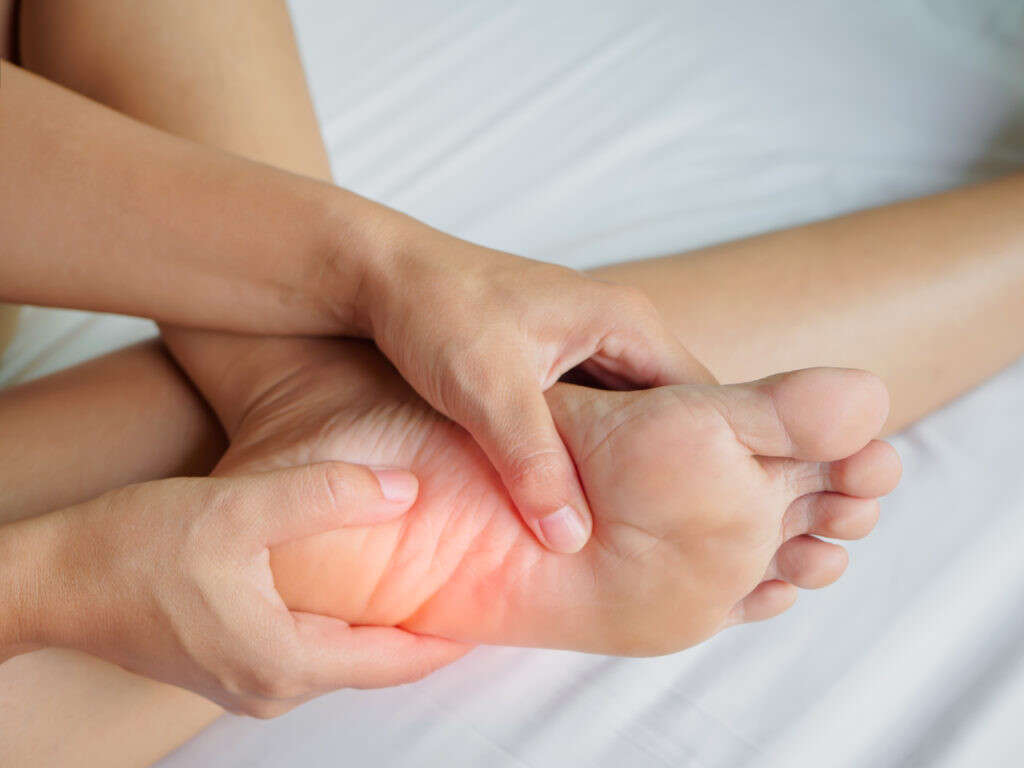
Symptom #3: Localized Foot Pain
A common indicator of plantar fasciitis is pain in one specific area of the foot. Another sign is whether this localized foot pain decreases with exercise or not. While patients with plantar fasciitis feel relief after stretching, fractures or tendon tears are not affected by stretching movements.
Localized foot pain may also indicate that there is more pressure on one side of the foot than the other. It is this area you especially need to train during your exercises.

Symptom #4: Severe Foot Pain After Exercise
Another symptom of plantar fasciitis is pain that arises after a workout. Using improper running shoes, changing your workout routine too quickly, and suddenly increasing your exercise intensity can all lead to stabbing pain at the bottom of the foot. Calf muscles also play a role.
If they are too weak to support you during exercise, you will experience pain. It is important to make the proper adjustments to relieve the pain: put inserts in your shoes, wear proper shoes, or use orthopedic devices.
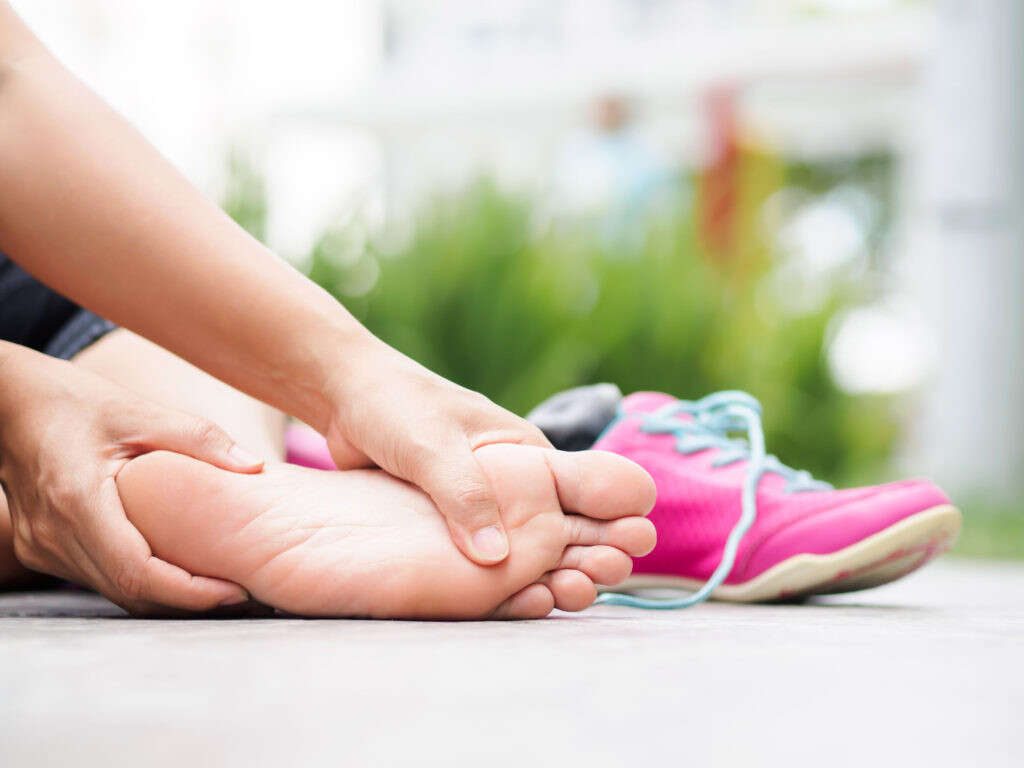
Symptom #5: Tight Achilles Tendons
A tight Achilles tendon is strongly connected to plantar fasciitis. If the achilles tendon is tight it will put tension on the plantar fascia. This causes injury and pain to the area. Quite often joint motion can have an affect on the foot and ankle as well which can lead to irritation of the plantar fascia.
All this stress on different parts of the foot can lead to muscle strain, a rupture, or a tear of the tendon. It is therefore important to consult your doctor if you feel pain after exercise.

Symptom #6: Tight Calf Muscles
Plantar fasciitis is often associated with tight calf muscles. Tight calf muscles do not move normally, which triggers and aggravates the pain and discomfort related to plantar fasciitis.
For this reason, it is important to stretch the legs properly, engage in physical activity regularly, eat nutrient-rich foods, and lead a healthy life.

Symptom #7: Improper Gait
An improper gait frequently causes the unilateral foot pain associated with plantar fasciitis. If the foot arch tends to collapse with each step or if it is too rigid then you have a higher risk of developing plantar fasciitis. Long-distance runners are also at an increased risk of developing plantar fasciitis if they have an improper gait while running.
Gait patterns are complex and it is beneficial to have your gait pattern assessed by a provider such a physical therapist. An incorrect adjustment to gait can cause other problems and so it is crucial to seek help in order to avoid injury somewhere else.

Symptom #8: Swelling of the Heel
Plantar fasciitis is inflammation of the plantar fascia in one foot or both. Whenever there is inflammation, there is swelling as well. In plantar fasciitis, the swelling typically occurs in the heel. The swelling will worsen if you spend too much time standing or if you walk or run for long distances.
The pain tends to increase as well. Swelling of the heel is more likely to occur when inflammation of the plantar fascia becomes chronic.
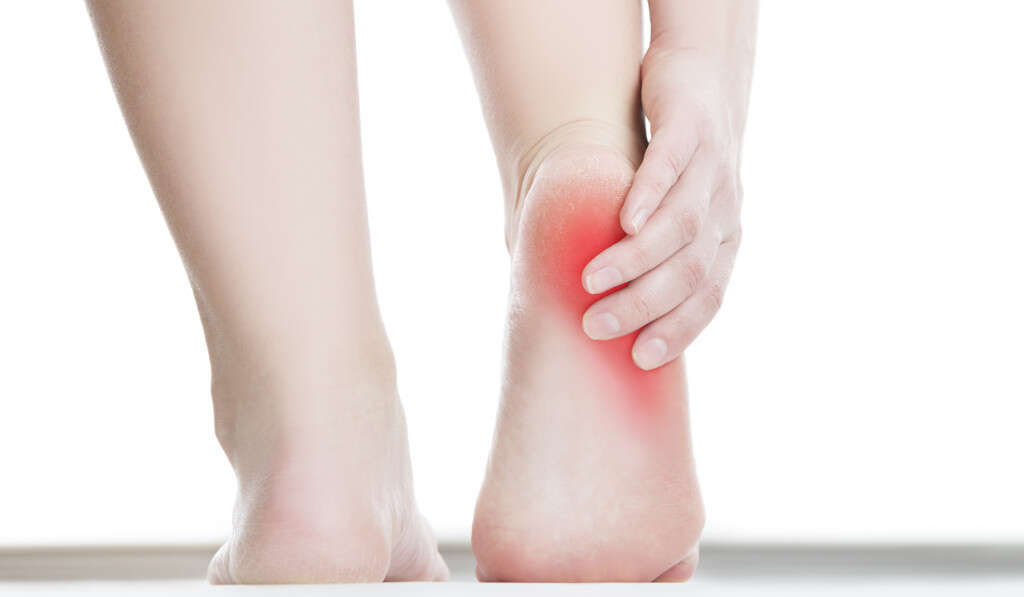
Symptom #9: Imbalanced Leg Length
Those who have imbalanced leg length, have a higher risk of developing plantar fasciitis. Those with one leg longer than the other will subconsciously make adjustments in how they move in order to equalize the length of the legs.
These subconscious movements often occur in the feet and can cause plantar fascia problems. Postural imbalance is another contributor to unilateral foot pain. Once plantar fasciitis develops, the pain tends to get worse.
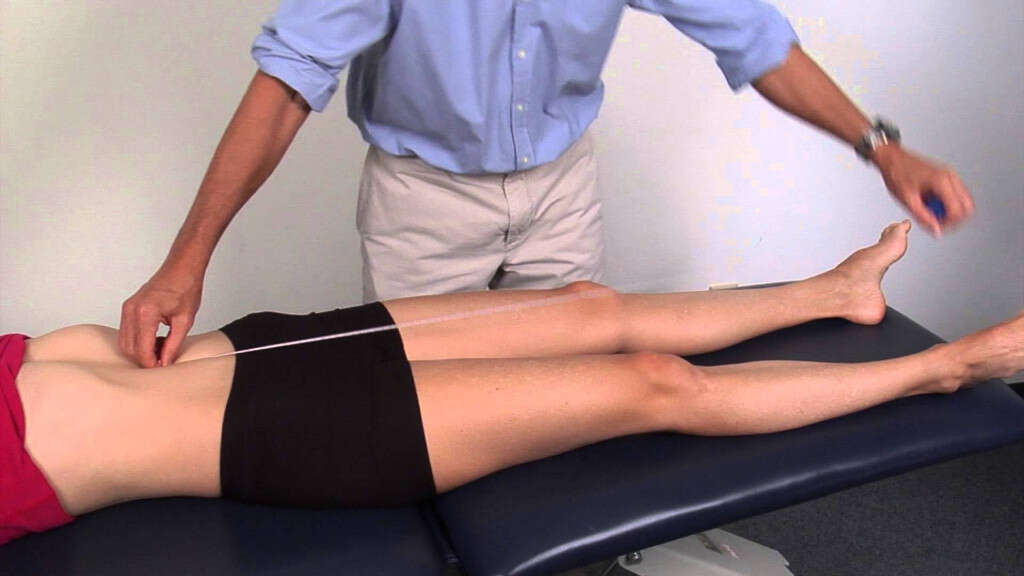
Symptom #10: Pain in Both Feet
In about 75 percent of all cases, plantar fasciitis pain is unilateral, occurring in only one foot with neither side being more predominant. However, in certain cases, pain can be felt in both feet.
Bilateral plantar fasciitis usually affects people who play sports. It is, of course, harder to treat because you have to treat both feet at the same time.






